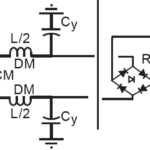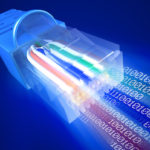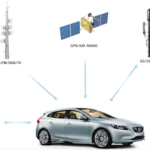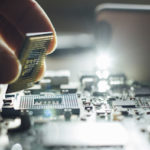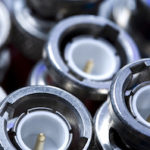Our former . eight EMC articles were aimed at familiarizing unaware readers with the fundamentals of EMI/EMC, justifying the EMC norms and testing, and explaining in simple terms the five basics interference coupling mechanisms, with the essential guidelines for controlling them. The present article goes deeper into one of the simplest, most compact and economical piece of the entire EMC arsenal: the filter. With current handling ranging from tens of Amp for signal filters up to more than hundred Amps for power line filters, they exist in all sorts of size, volume and packaging. They can be optimized against Common Mode (CM) or Differential Mode (DM) interference, or both.
